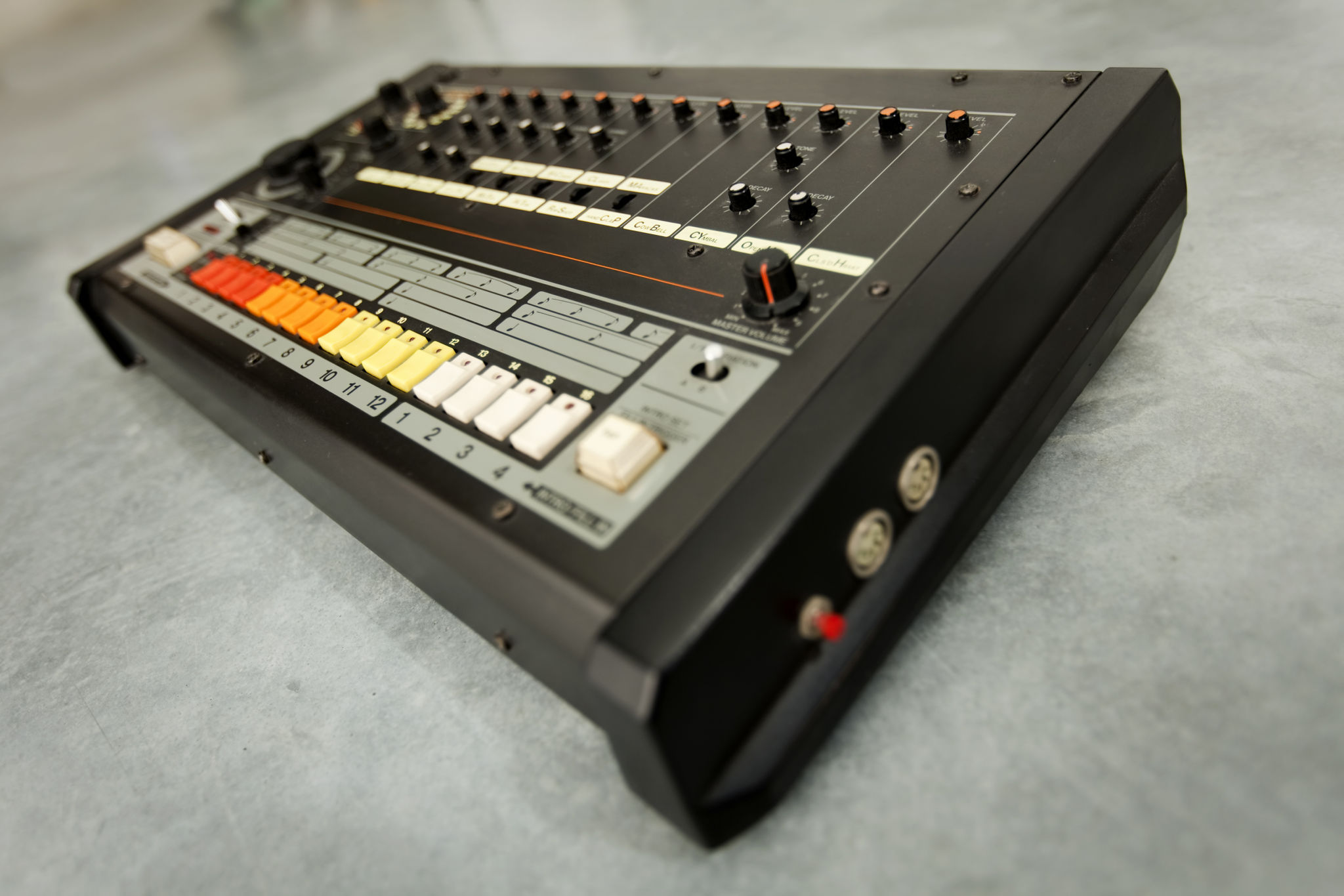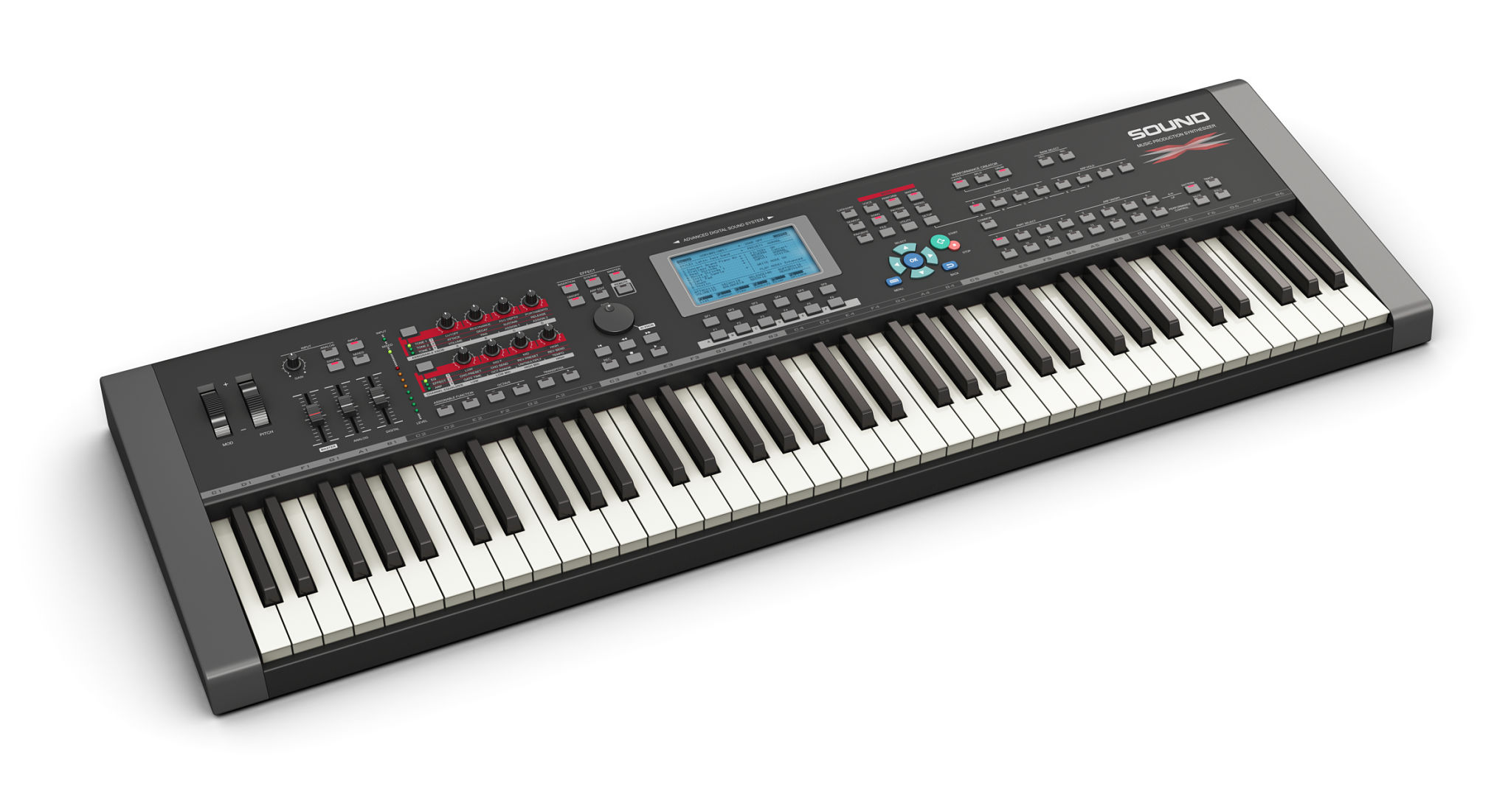Trap Beats Explained: Understanding the Sounds Behind the Genre
Introduction to Trap Beats
Trap music has become one of the most influential genres in the music industry, known for its distinct sound and energetic vibe. Originating from the Southern United States, trap music quickly gained popularity due to its hard-hitting beats and catchy rhythms. Understanding the elements that make up trap beats is essential for anyone looking to delve into this genre, whether as a listener or a producer.
At the core of trap music is its unique blend of sounds that create an intense and captivating experience. From the heavy bass to the rapid hi-hats, each element plays a crucial role in defining the genre's signature sound.

The Foundation of Trap Beats: Drum Patterns
The drum patterns in trap music are perhaps the most defining feature. They often include stuttering hi-hats, booming 808 bass drums, and sharp snares. These components are typically layered to create complex rhythms that drive the energy of the track.
Producers often use double or triple-time hi-hats to add a sense of urgency and momentum. The snare drums are usually placed on the third beat of the measure, creating a half-time feel that is characteristic of trap beats.

The Role of 808s
The 808 bass drum is another cornerstone of trap music. Originally derived from the Roland TR-808 drum machine, these bass sounds are deep, resonant, and can be felt as much as they are heard. The sub-bass frequencies produced by 808s add a powerful foundation to any trap beat, making them indispensable in this genre.
Melodies and Synthesizers
While the drums form the backbone of trap beats, melodies add flavor and emotion. Trap music often incorporates dark and moody melodies created with synthesizers. These melodies can range from simple repetitive loops to more complex compositions that evolve throughout the track.

Synthesizers play a significant role in generating atmospheric textures and adding layers to the music. Producers might use various effects such as reverb and delay to enhance these sounds, creating an immersive listening experience.
Vocal Samples and Effects
In addition to instrumental elements, vocal samples are frequently used in trap music. These can include anything from chopped and pitched vocals to ad-libs that punctuate the rhythm. Effects like auto-tune are often applied to vocals to achieve the desired sound and fit within the overall aesthetic of the track.
The Evolution and Influence of Trap Music
Over the years, trap music has evolved significantly, influencing various other genres such as EDM, pop, and even rock. This cross-genre appeal has allowed trap beats to reach a broader audience, continually pushing creative boundaries.

As more artists incorporate trap elements into their music, the genre continues to grow and adapt. Whether you're a seasoned producer or a curious listener, understanding the elements of trap beats provides insight into one of today's most dynamic musical landscapes.
